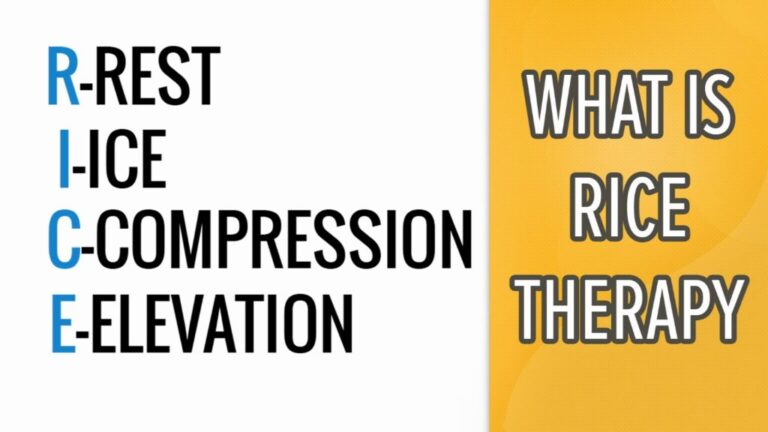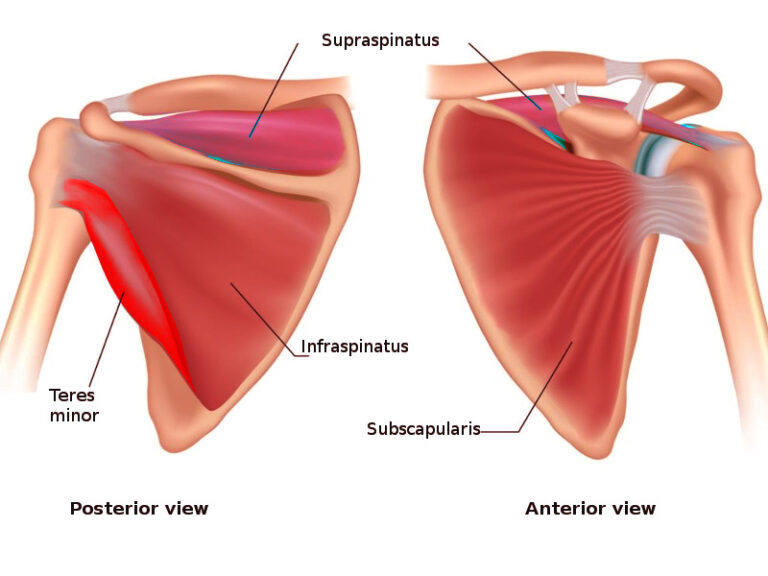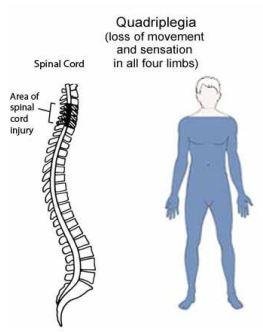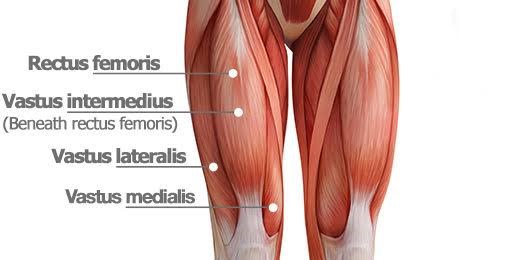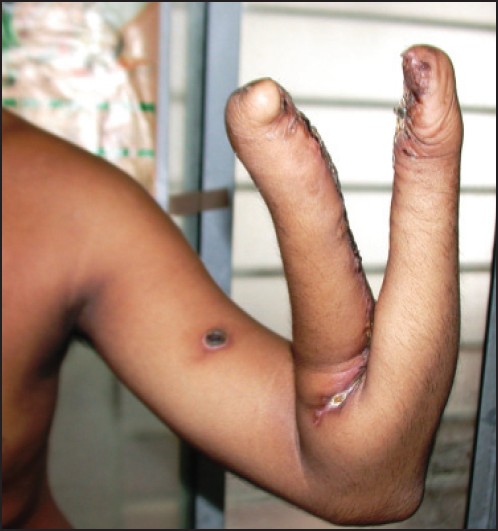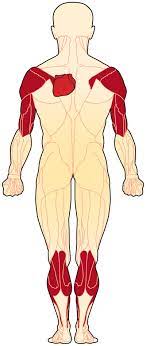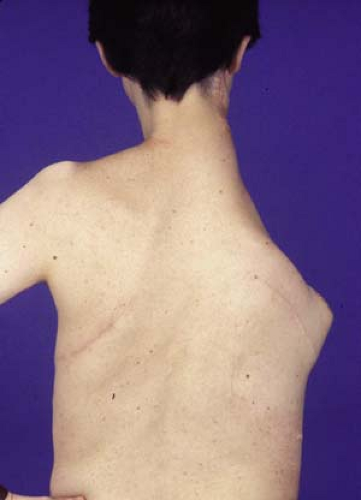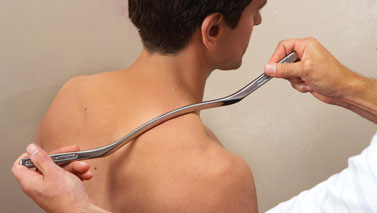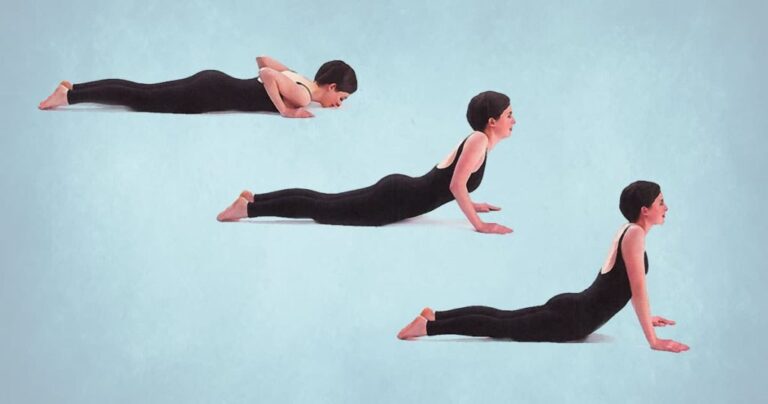The RICE Principle For Soft Tissue Injuries:
What is the RICE Principle for soft tissue injuries? Basically RICE is an acronym or abbreviated form of the type of treatment.It is a simple self care technique helps to cure the following conditions: Reduce swelling occurred because of injury. Reduction in amount of pain caused by injured tissues. Will speed up your duration of…

